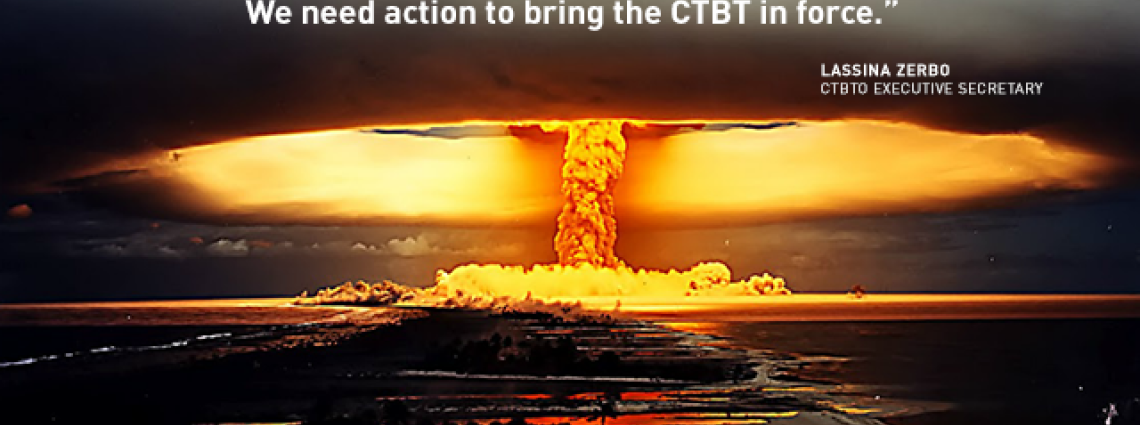International Day against Nuclear Tests, 29 August
29 August 2016
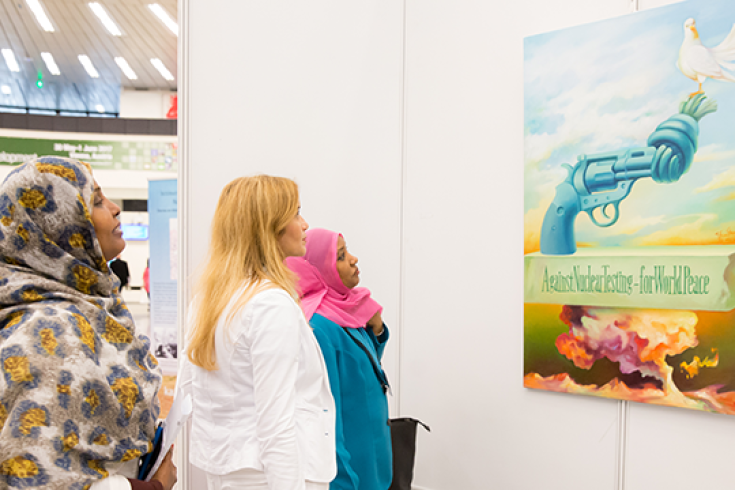
Participants at the International Day against Nuclear Tests exhibition opening at the Vienna International Centre, 29 August 2016
On this Day, I call on all countries and peoples to work for the CTBT’s entry into force as soon as possible so that we may advance toward a nuclear-weapon-free world.
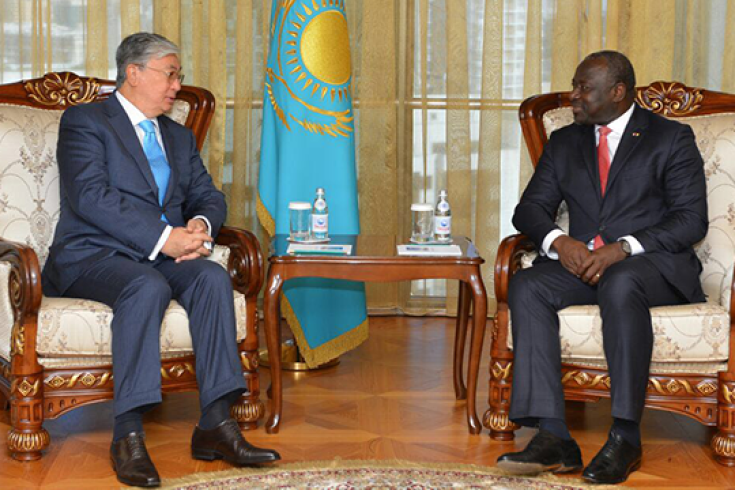
CTBTO Head Lassina Zerbo meets with Chairman of the Senate of Kazakhstan, Kassym-Jomart Tokayev on the margins of the international conference “Building a Nuclear-Weapon-Free World” in Astana.
Nuclear testing has a dangerous and destabilizing impact on global security and exacts a terrible toll on human health and the environment. We need action to bring the CTBT in force.
Before me, in my family there were two children born, who did not survive their first year. When I was born, my mother was in a state of shock and could not bear to go near me for three days. The doctors suggested to give me a lethal shot, so that neither she nor I should suffer. But my father refused, and took me home from the hospital. I am eternally grateful to my father for what he did, for saving my life.
To ensure future generations may live in a safer and more stable world, nuclear testing must be banned, and the CTBT enter into force.
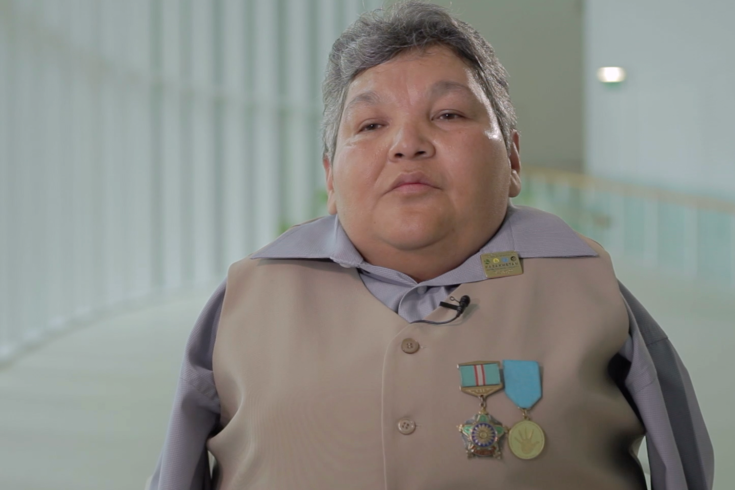
Karipbek Kuyukov, artist and Honorary Ambassador to the Atom Project.
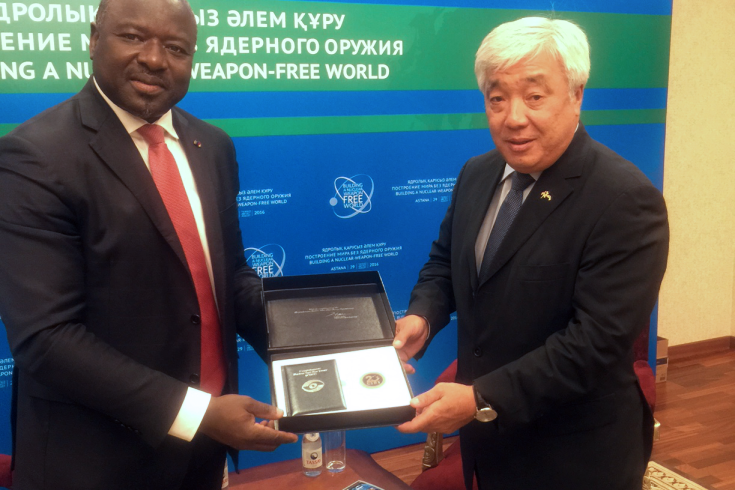
Executive Secretary Lassina Zerbo meets with Foreign Minister of Kazakhstan Erlan Idrissov on the margins of the international conference “Building a Nuclear-Weapon-Free World” in Astana
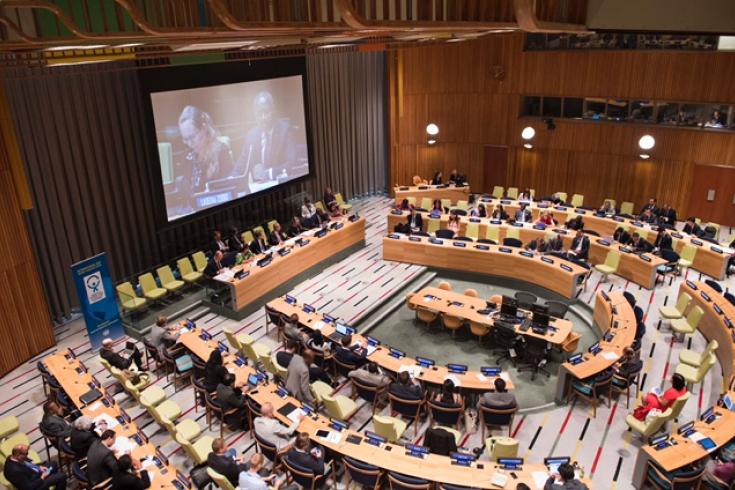
CTBTO Executive Secretary, Lassina Zerbo addresses the United Nation’s General Assembly at an informal meeting to mark the observance of the International Day against Nuclear Tests 31 August 2016.
For additional news coverage see:
29 Aug 2016
